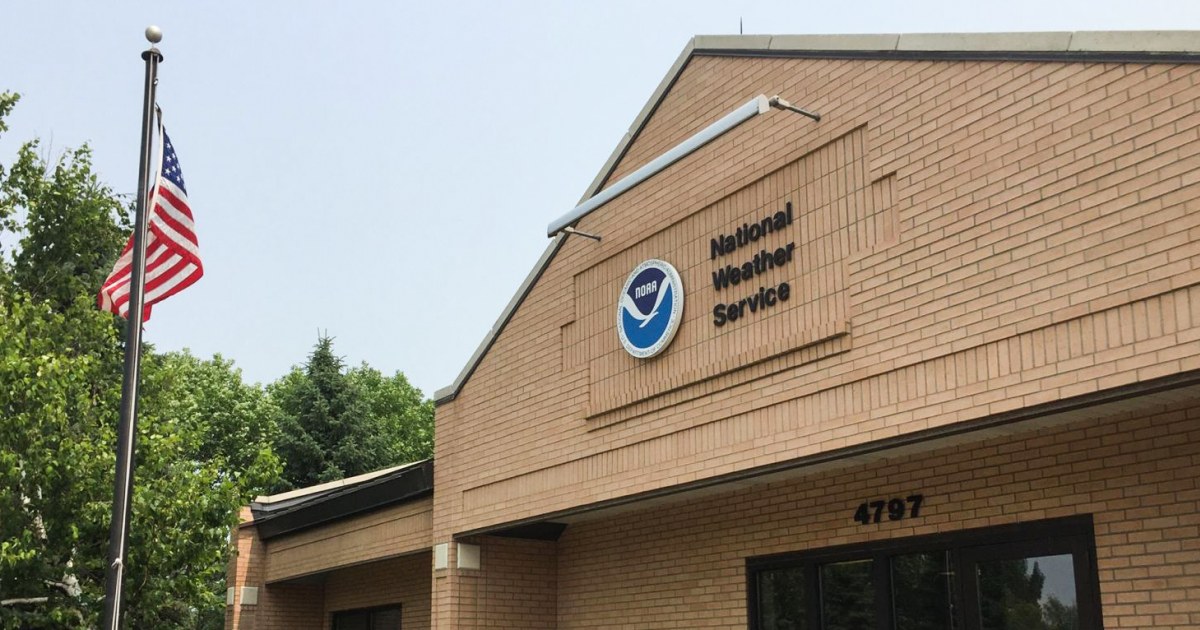“`html
Amid ongoing climate challenges, cities worldwide are increasingly turning to green infrastructure solutions to combat urban flooding and enhance sustainability. This shift, gaining momentum since 2020, is reshaping urban landscapes, particularly in areas vulnerable to climate change.
Understanding the Shift to Green Infrastructure
Green infrastructure (GI) refers to the network of natural and semi-natural systems that provide environmental benefits while enhancing urban resilience. This approach integrates vegetation, soils, and permeable surfaces into urban planning and architecture, aiming to manage stormwater, reduce heat, and improve air quality. Cities like New York, Singapore, and Amsterdam are pioneering these initiatives, demonstrating both ecological and economic benefits.
According to a 2021 report by the World Resources Institute, cities that adopt green infrastructure can reduce stormwater runoff by up to 90%. This reduction not only lessens the risk of flooding but also mitigates the detrimental effects of urban heat islands. Experts argue that the integration of green infrastructure is not merely an environmental strategy but also a critical public health initiative.
Impact of Climate Change on Urban Flooding
As global temperatures rise, cities face increased instances of severe weather, including heavy rainfall and prolonged droughts. The National Oceanic and Atmospheric Administration (NOAA) reported that major U.S. cities experienced a 70% increase in flooding events over the past decade. This alarming trend has prompted urban planners to rethink traditional infrastructure solutions, which often prioritize concrete and asphalt over natural systems.
“Traditional stormwater management systems simply cannot cope with the increasing volume and intensity of rainfall we are experiencing,” said Dr. Emily Carter, an urban ecologist at the University of California, Berkeley. “Green infrastructure not only helps in managing stormwater but also provides vital green spaces that improve community well-being.”
Successful Case Studies of Green Infrastructure
Several cities have effectively implemented green infrastructure in their urban planning strategies:
- New York City: The NYC Department of Environmental Protection has invested over $1 billion in green infrastructure projects, including green roofs and rain gardens, which have reduced combined sewer overflows by 1.5 billion gallons annually.
- Singapore: Known for its “Garden City” vision, Singapore has integrated extensive green roofs, vertical gardens, and bioswales into its urban fabric, significantly reducing flooding risks and enhancing biodiversity.
- Amsterdam: The city has embraced green roofs and permeable pavements to manage stormwater effectively, reducing the burden on its drainage systems while creating vibrant public spaces.
These examples showcase not only the feasibility but also the effectiveness of green infrastructure in urban settings. Each city demonstrates unique adaptations based on local climate, culture, and community needs.
Challenges and Criticisms of Green Infrastructure
Despite the clear benefits, the transition to green infrastructure is not without challenges. Funding, maintenance, and public awareness remain significant hurdles. Many cities lack the initial capital required to invest in these projects, and ongoing maintenance can strain budgets.
“While green infrastructure is a step in the right direction, cities must also consider the financial implications,” cautioned Michael Thompson, an urban planner with the Urban Institute. “Sustainable funding models and community engagement are essential to ensure these projects are maintained and effective over time.”
Moreover, there is concern about potential inequities in how green infrastructure is implemented. Communities that are already marginalized may receive less investment in green projects, exacerbating existing disparities in urban environments.
Future Outlook for Green Infrastructure
The future of green infrastructure looks promising, with increasing recognition of its multifaceted benefits. As cities continue to grapple with climate change, the adoption of GI is likely to expand. Numerous organizations and government bodies are advocating for policies that incentivize green projects, including grants and tax breaks for developers who incorporate sustainable design principles.
Furthermore, public awareness campaigns aim to highlight the importance of green spaces and community involvement in urban planning. Engaging residents in the design and maintenance of green infrastructure can foster a sense of ownership and responsibility, ensuring that these projects meet the needs of the community.
In conclusion, as cities worldwide face the daunting challenges posed by climate change, the shift towards green infrastructure offers a viable path forward. The integration of natural systems into urban landscapes not only enhances resilience against flooding but also promotes public health and environmental sustainability. Moving forward, collaboration between governments, communities, and experts will be crucial in realizing the full potential of green infrastructure.
To learn more about how you can advocate for green infrastructure in your community, visit the Green Infrastructure Coalition.
“`


